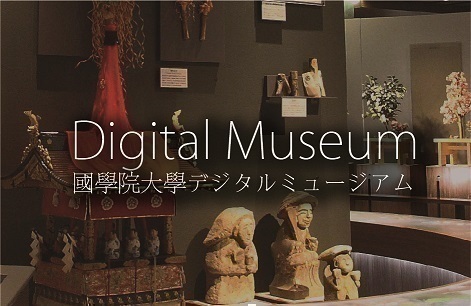- トップ
- Encyclopedia of Shinto
- Sumiyoshi Shinkō
Encyclopedia of Shinto
| Main Menu: | |
| Links: |
詳細表示 (Complete Article)
| カテゴリー1: | 6. Belief and Practice |
|---|---|
| カテゴリー2: | Shrines and Cultic Practices |
| Title | Sumiyoshi Shinkō |
| Text | The faith related to the shrine Sumiyoshi Jinja, which includes guardianship over safe sea travel, waka poetry, agriculture, and fishing. The Nihonshoki records that "Sokodsutsunoo no mikoto, Nakadsutsunoo no mikoto, and Uwadsutsunoo no mikoto are Sumiyoshi no ōkami". Most of the Sumiyoshi shrines in Japan worship these three kami along with the Empress Jingū who received instruction from the three kami regarding her military expedition to the Kingdom of Silla on the Korean peninsula. Envoys to China (kentōshi) made pilgrimages to Sumiyoshi Taisha in Settsu (Sumiyoshi-ku, Osaka City) before boarding their boats, the government made offerings to the shrine (see the norito Morokoshi ni tsukai wo tsukawasu toki mitegura wo tatematsuru), and the bows of envoy ships were furnished with places to worship Sumiyoshi (Manyōshū, Nittō guhō junrei kōki). The Jinmyōchō section of the Engishiki records seven Sumiyoshi shrines. Apart from the shrine at Harima (Kamo-gun, Hyōgo Prefecture), all of the shrines west of Settsu are listed as "famous shrines" (myōjin – written either as 名神 or 明神). Often non-Sumiyoshi shrines paint Sumiyoshi Taisha on boat ema (fûnaema) they receive as offerings. From this we know that there was fervent Sumiyoshi faith related to sea travel among all classes, from aristocrats to commoners. Munakata Taisha (in Munakata-gun, Fukuoka Prefecture) also has a faith related to the safe sea travel of envoys to China (kentōshi). Sumiyoshi Taisha in Sumiyoshi-ku, Osaka City, famous for its worship of the three kami of Sumiyoshi, has appeared in works of literature. Sumiyoshi is also famous as a kami of waka poetry. Renga and haiku poets were devotees, and poetry contests (uta awase) were held at the shrine. There is a story in Ise Monogatari where the kami appears and recites a waka poem. The Hachiman engi, which tells of the Empress Jingū's Silla expedition, was made into a hanging painting which was used for "illustrated storytelling" (etoki), and the story later became an otogi-zōshi (fairy-tale). The protagonist of the otogi-zōshi Issun bōshi was a "child born as the result of prayers" (mōshigo) to the kami Sumiyoshi Myōjin, and this story suggests the development of a new faith. In the same way, the otogi-zōshi "Sumiyoshi engi" elaborates on the spiritual "efficacy" (reigen) of Sumiyoshi Myōjin, and the belief spread widely that the "original deity" (honji) of Sumiyoshi Myōjin was Ugayafukiaezu no mikoto. In literature relating to the Sumiyoshi Myōjin faith, the kami is depicted as an old man or as a young child wearing red clothing. Sumiyoshi appears in the form of an old man in the famous yōkyoku (Noh script) Takasago about the spirits of two pine trees (Sumiyoshi and Takasago) that stem from the same root. From the Edo Period till the current day, this story is told at weddings to celebrate the newlywed's long life together. Sumiyoshi Taisha has a festival called the Otaue Matsuri (the "rice planting festival") from which we know that the faith also had an agricultural element. See Munakata Shinkō — Nogami Takahiro |




